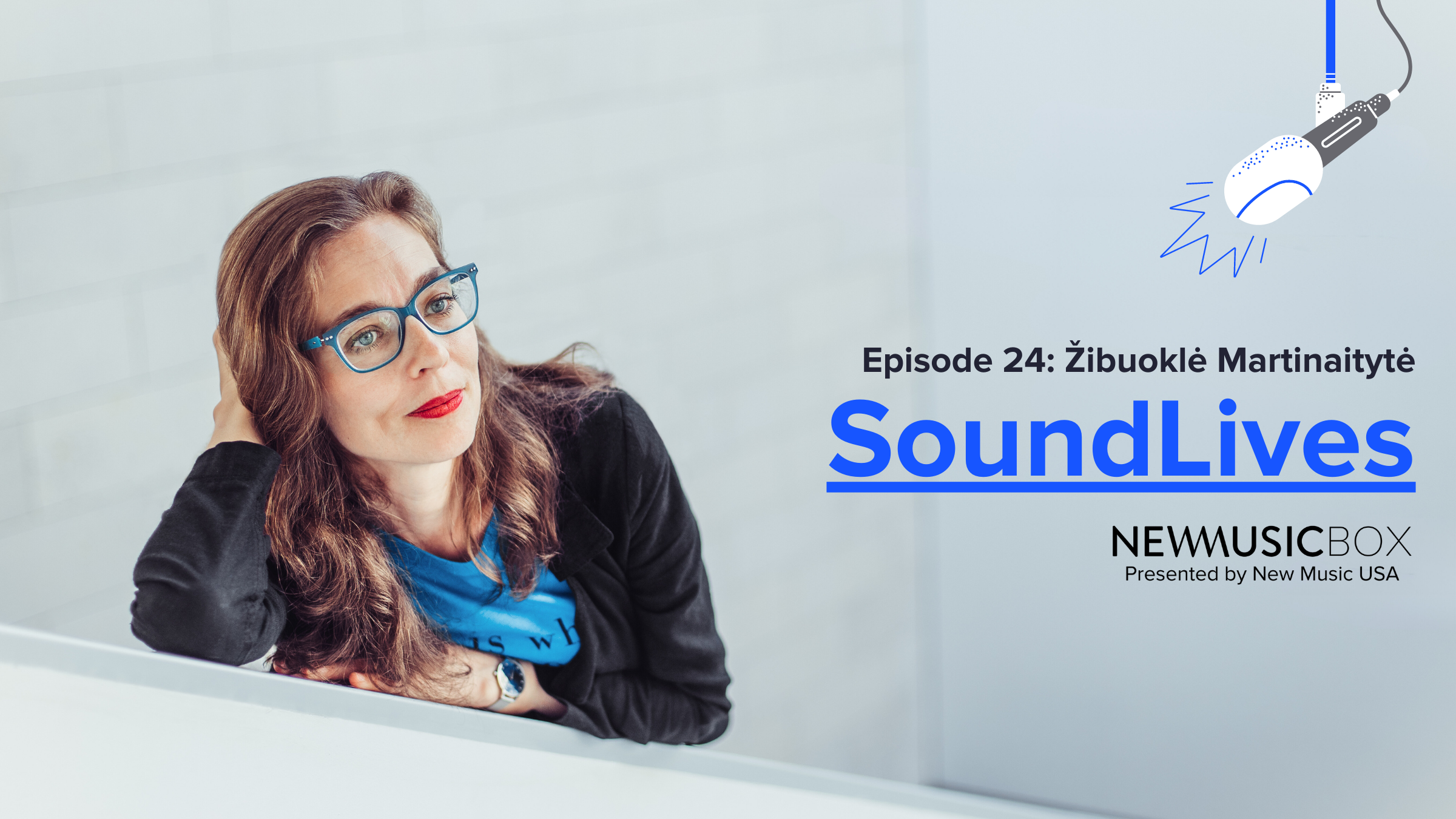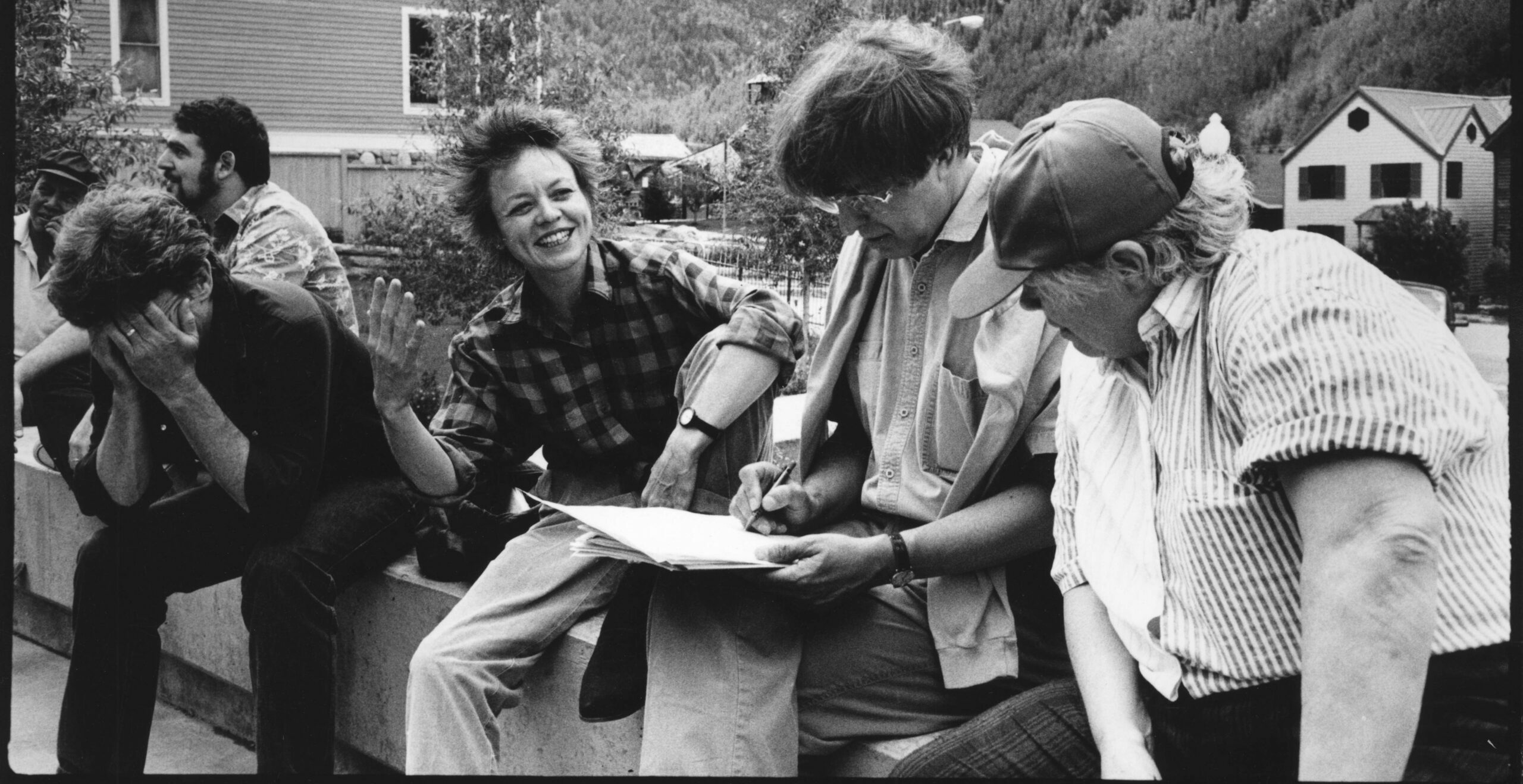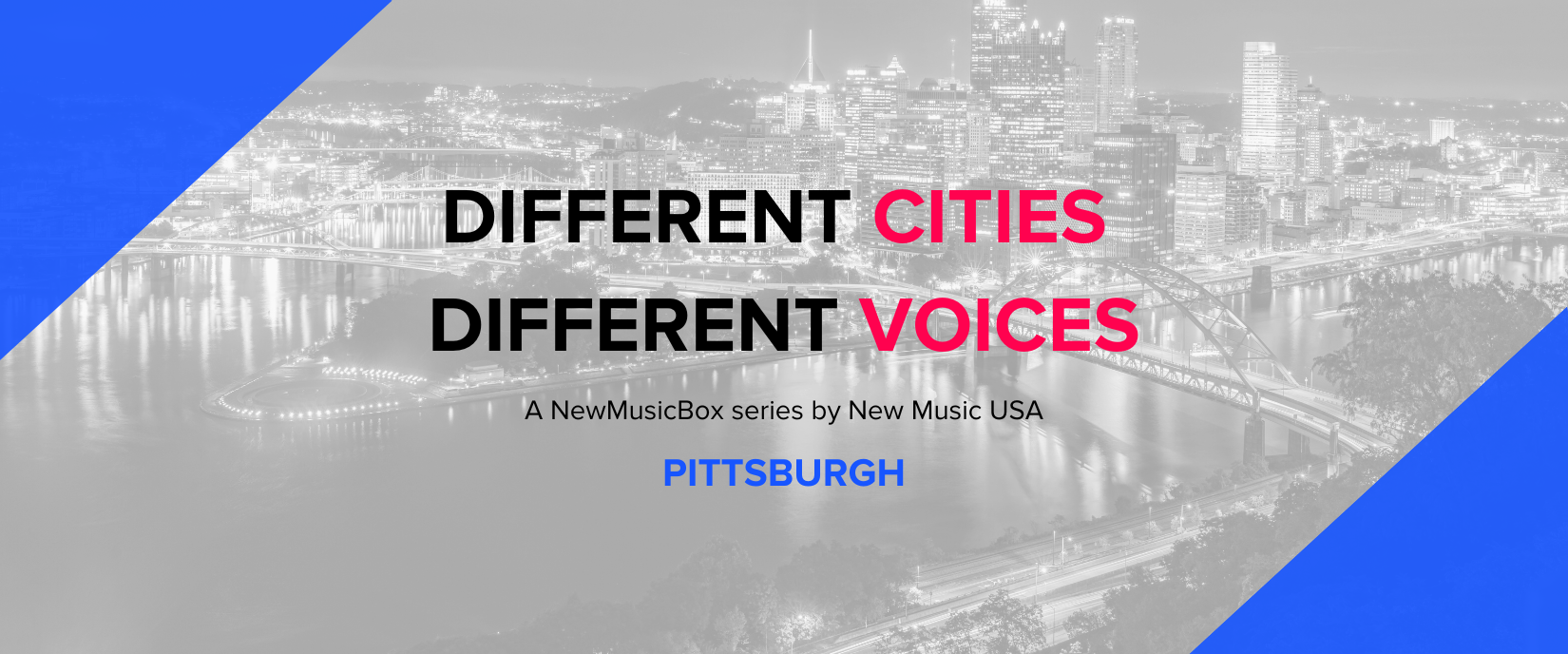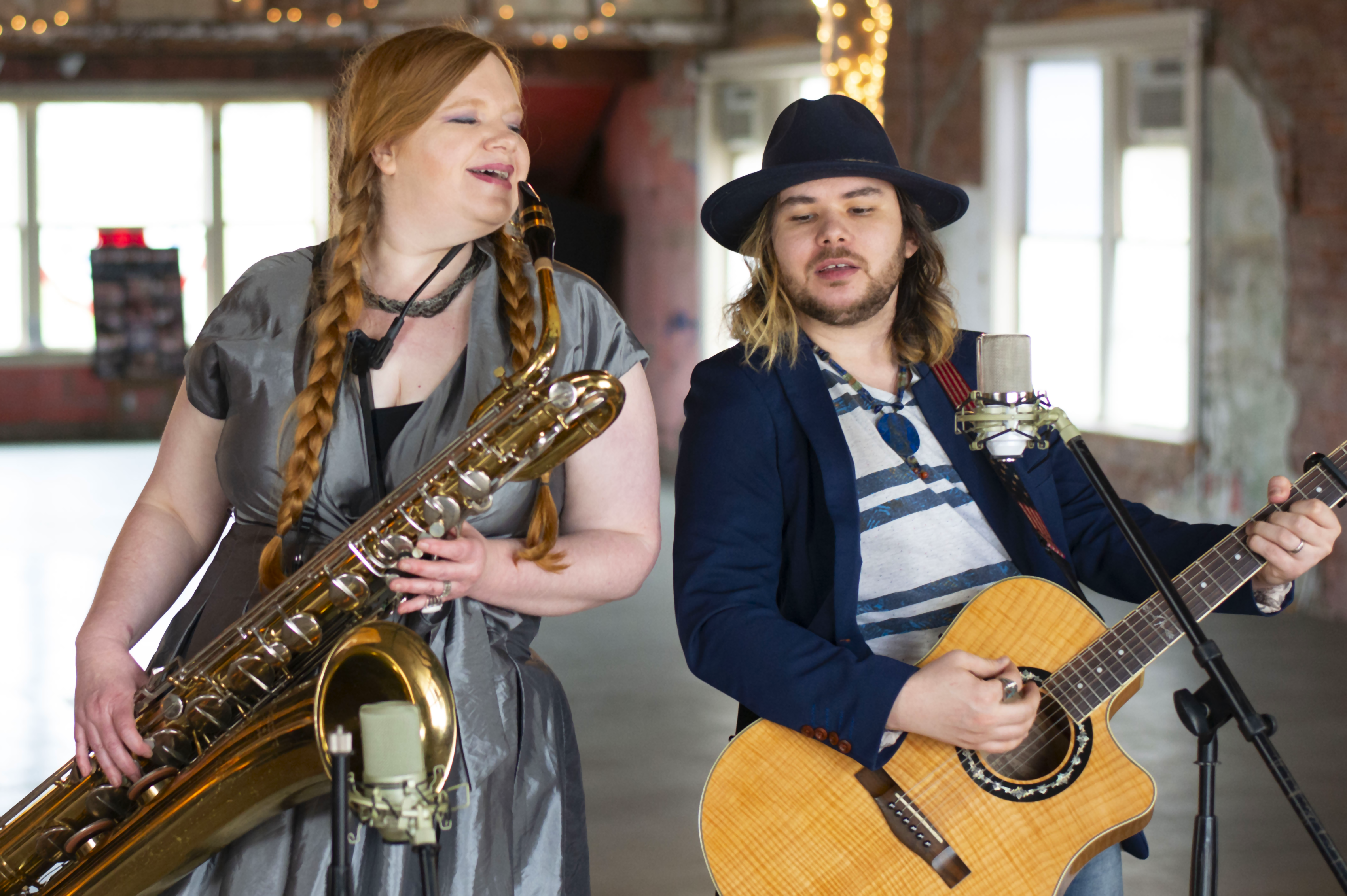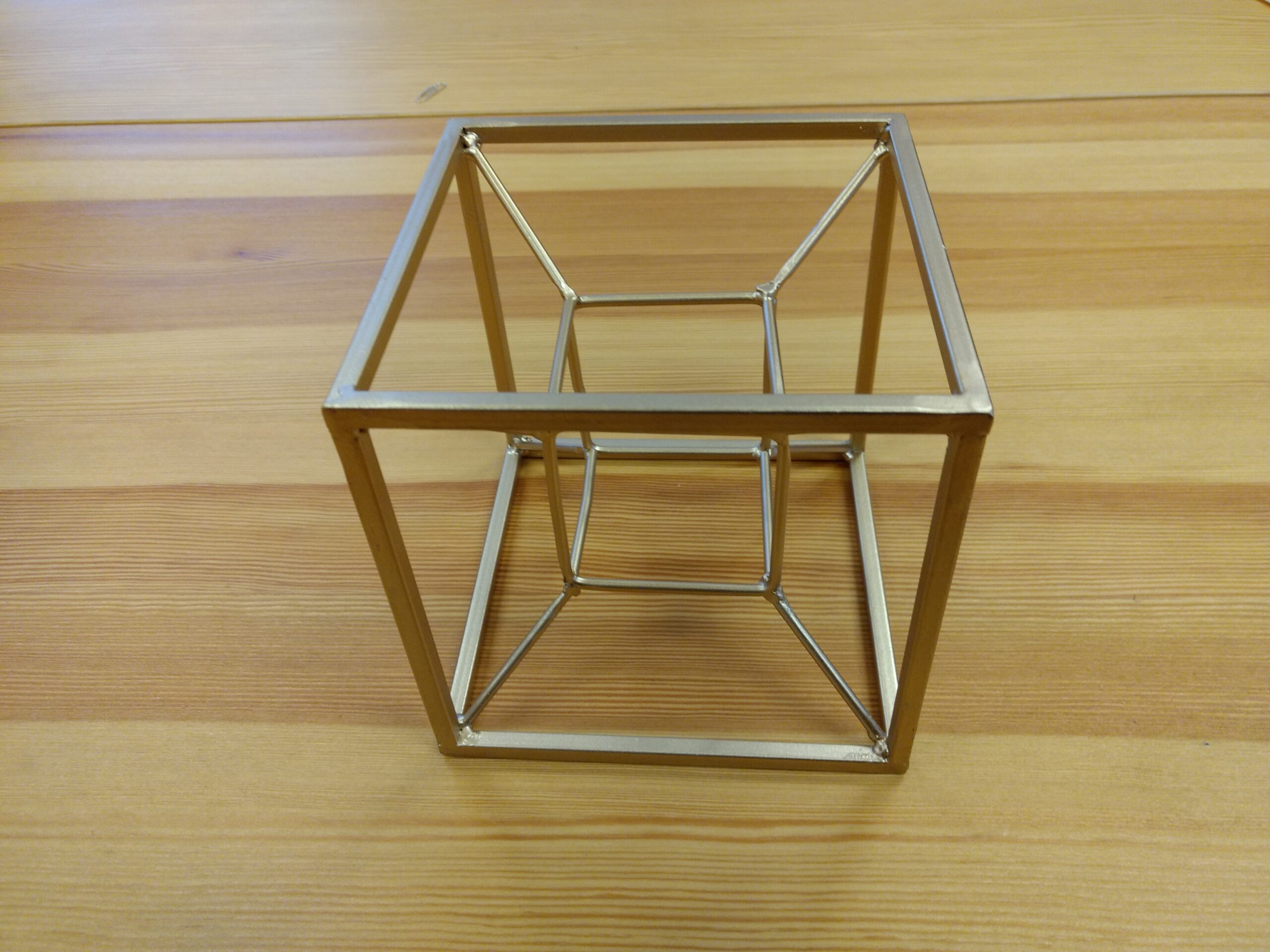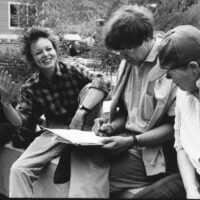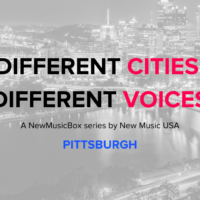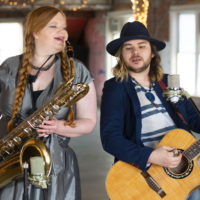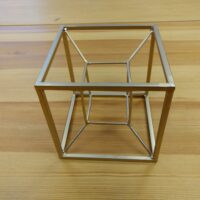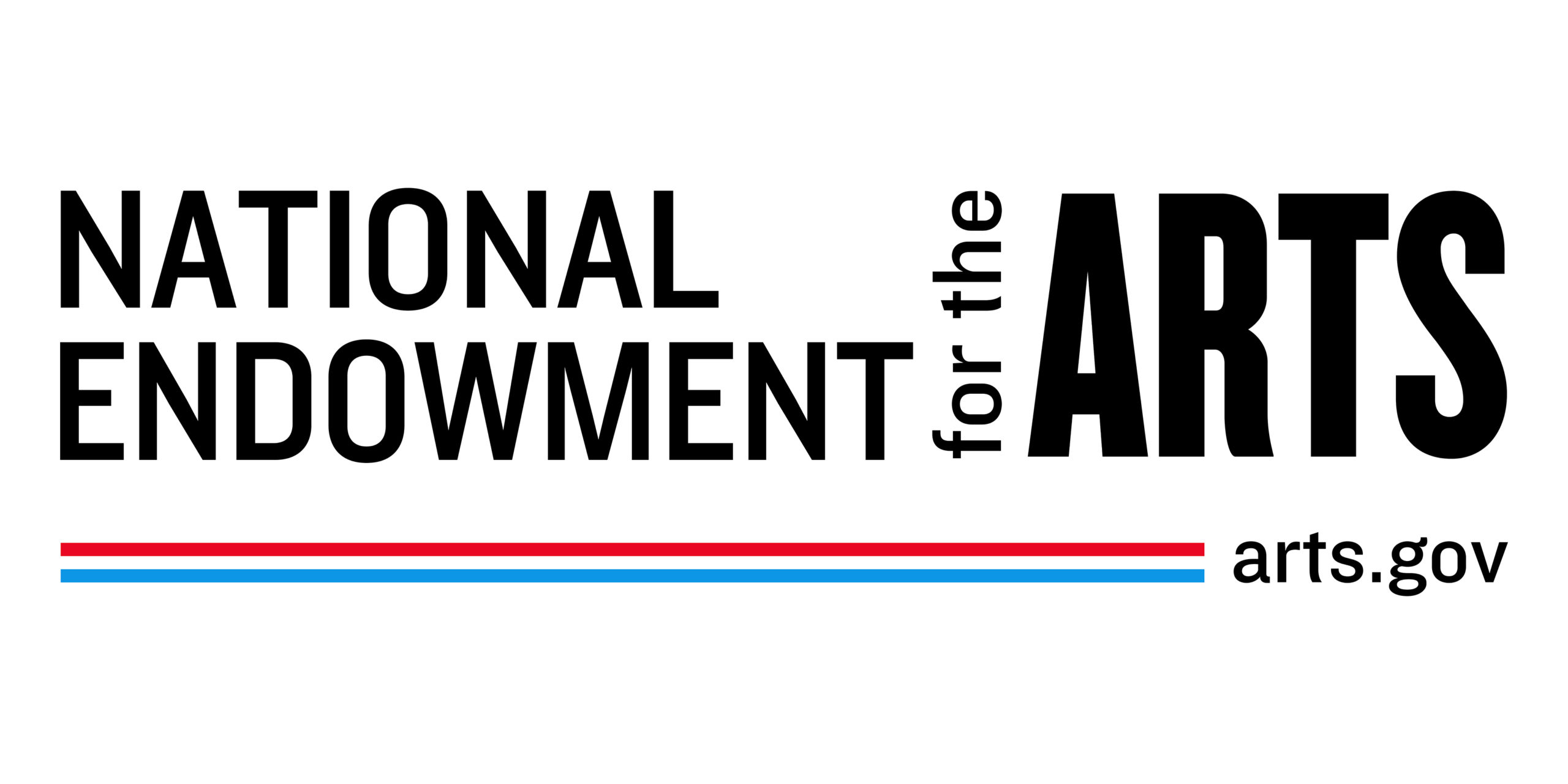
With only a week to go until the kickoff of the 2019 edition of the Big Ears Festival in Knoxville, TN (March 21-24), we’ve been digging through the NewMusicBox archives and revisiting the amazing conversations we’ve had with some of this year’s featured artists to get ready for what’s ahead.
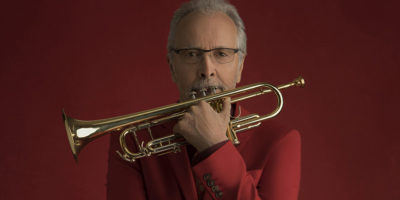
The ASCAP Foundation has announced the 18 recipients and 4 honorable mentions of the 2019 Herb Alpert Young Jazz Composer Awards. The recipients, who receive cash awards, range in age from 11 to 29 and hail from five continents.
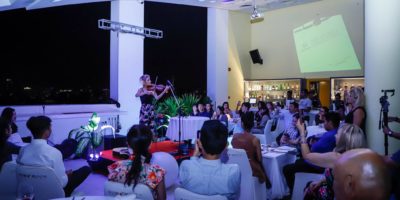
An organized, actionable reference guide to help you enact a permanent framework for autistic accessibility in your musical efforts.

There is no one way to make a living in music. But knowledge is power, so Adam Schumaker has recruited some amazing musicians who have generously agreed to openly discuss their finances and how they make it all work.
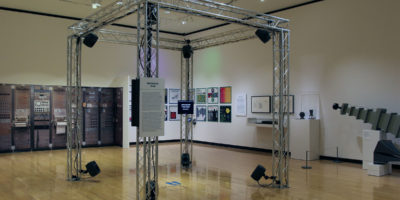
Seth Cluett takes NewMusicBox readers on a tour of his fascinating “Sounding Circuits: Audible Histories” exhibition now on display at the New York Public Library for the Performing Arts. It features rare objects, artifacts, and recordings from the early history of electronic music, plus an 8-channel Ambisonic Cube as its centerpiece.
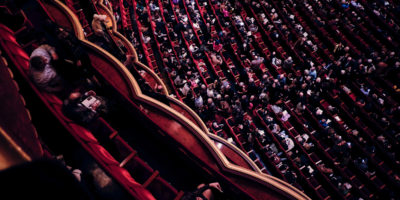
Musicians, arts administrators, colleagues: It’s time we talk about autism.
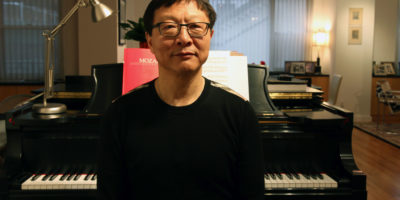
Bright Sheng is concerned about directly moving audiences in whatever format or style he is working in and is passionate about sharing what led him to his aesthetic positions.
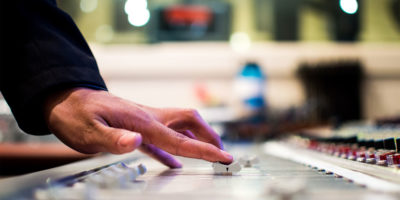
Our inclination to hear the human in the machine is far from new. Technology is as old as humanity. Perhaps we have always seen—and heard—ourselves in our tools.
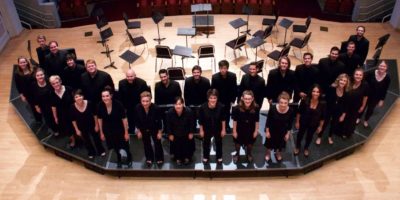
Every identity comes with inherent biases, assumptions, and privileges to varying degrees. A helpful exercise is to take an identity and think of the immediate mental image that comes to mind when you invoke it. Let’s take “conductor.” Picture a conductor in your mind. What does this person look like? What are they doing? What are they wearing? Who is in the frame with them?
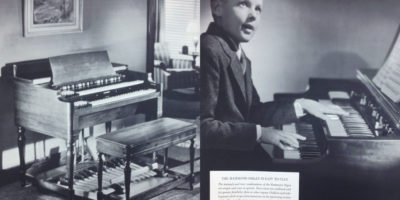
The Hammond Organ became an immediate success when it hit the market in April 1935 and had a major impact on the soundscape of both popular and religious musical life in the U.S. However, advertising that pitted the instrument against pipe organs stoked outrage among a small but well-organized community of pipe organ performers, designers, and manufacturers. A remarkable legal battle ensued…
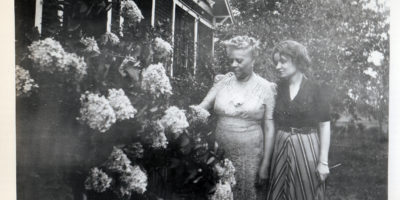
Is the sudden widespread interest in Florence B.Price’s music a convenient fad or does it signal the potential for deeper structural changes over the long term?
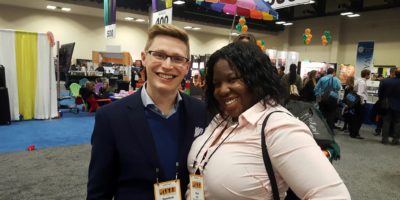
For five days, choral leaders will meet in one place and be inspired by performances, attend interest sessions presented by teachers they admire, and forge new connections that—for the composers present—often lead to new commissioning projects and second and third performances of just-written works.
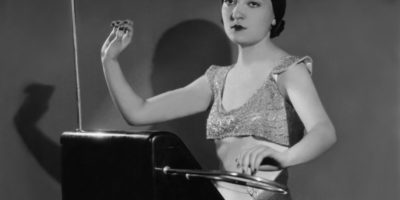
Years before Hollywood cemented the theremin’s association with the alien or otherworldly, critics heard different qualities in its sonority: emotional expressiveness and excessive sentimentality.
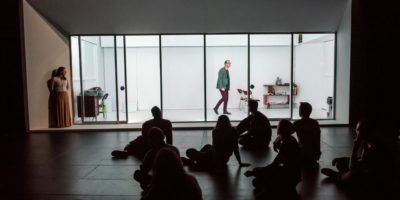
In addition to the acquisition of skills, there lies something more at hand—something in addition to the technical dexterities we need to practice and hone in order to produce our work to its fullest capacity. Since the classical age, the Greeks have been calling this missing ingredient “play” (paidia).
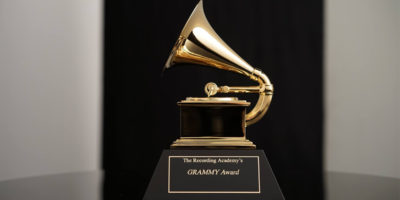
The Recording Academy handed out many other awards yesterday aside from the ones featured in the televised presentations during last night’s 61st Annual Grammy Awards ceremony. Here are some of the ones we are most excited about.
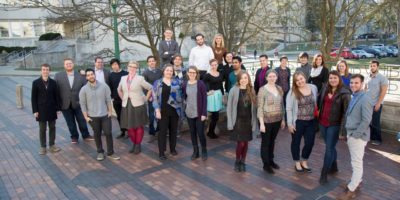
In order to guide us all toward a more perfect harmony in writing for the chorus, and because writing for the chorus is often neglected in the training of composers at academic institutions, I have put together a compilation of some of the most prevalent pitfalls that I have seen over and over again—even by some of today’s most reputable composers.

This week, Kelly Hiser begins a tour of encounters between audiences and new electronic sounds with a look back at the Telharmonium, installed in New York City from 1906 to 1908 and occupying TWO floors of “Telharmonium Hall” at Broadway and 39th Street.
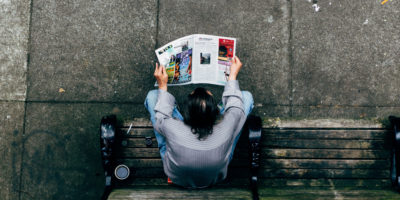
In the music world, being a fan isn’t a bad gig. Unlike musicians, you can book yourself, so to speak, at any venue you want. You don’t have to go on the road unless you want to. You can avoid promoting yourself, finding a record label, and coming up with music to play. Of course you’ll never be applauded by an audience, yet you’ll almost always be thanked for “coming out tonight” by the musicians you go to see.
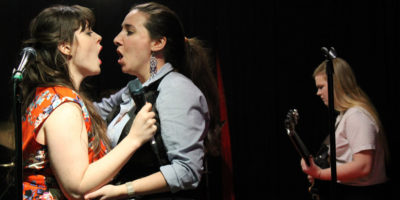
I realize that numbers are a bit sterile, especially for something as artistic as opera and as unique as voice, but they could be replaced with words. The challenge is to find words that are descriptive but without the built-in prejudice from earlier voice type systems.
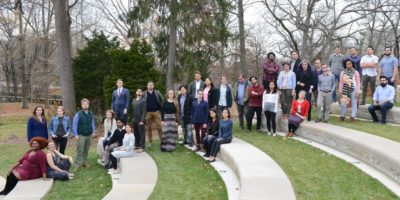
When we use the phrase “singers and musicians” in one breath, we communicate—even if inadvertently—that they are mutually exclusive categories. In other words, singers are not musicians. That’s a problem.
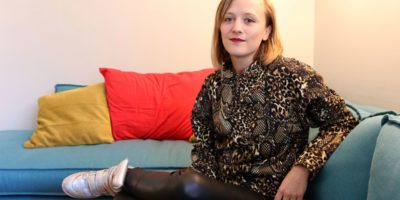
Ellen Reid’s instinctive team spirit, as well as her awareness that sound always exists alongside other sensory stimuli, informs all the music she creates, whether it’s the score for the emotionally traumatic yet life-affirming opera p r i s m, the soundtrack for a motion picture, incidental music for theater, a sound installation, or a work for chamber ensemble or orchestra.
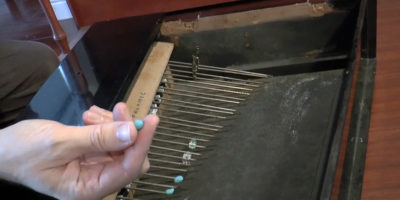
The toy piano is a different beast from a modern grand—and in a way that’s what makes it a great instrument for exploring piano preparations. Toy pianos are a lot cheaper, after all, and a lot easier to repair or replace if you damage one. But that aside, this diminutive instrument also offers a great timbral world all its own to experiment with.
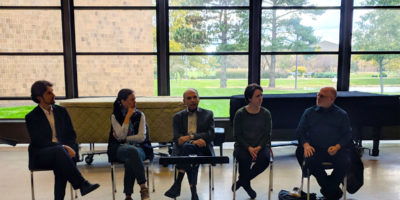
The intersection of music and politics is a perennially fascinating topic, though ideas and philosophies often rub uncomfortably against actual musical practice. How is it, for example, that Beethoven’s music of universal brotherhood could also serve as the anthem of an apartheid nation-state? Composers Samuel Adler, Maria Grenfell, Aaron Jay Kernis, and Catherine Likhuta sat down with Ryan Ebright to share their wide-ranging thoughts during the 39th Annual New Music Festival at Bowling Green State University.
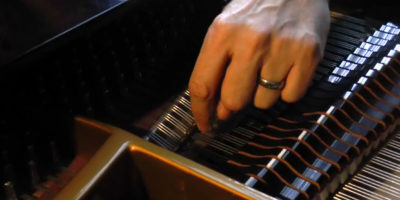
Harmonics? Muting? Glissandi and Pizz?! Alan Shockley continues his video series on prepared piano playing with an introduction to a handful of techniques on the strings that will provide many new timbres to explore.
